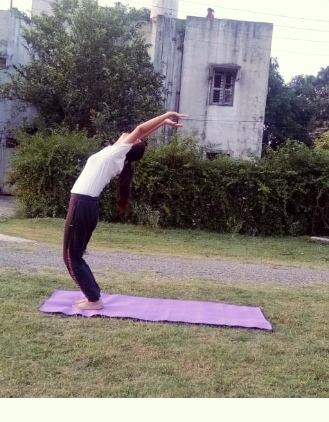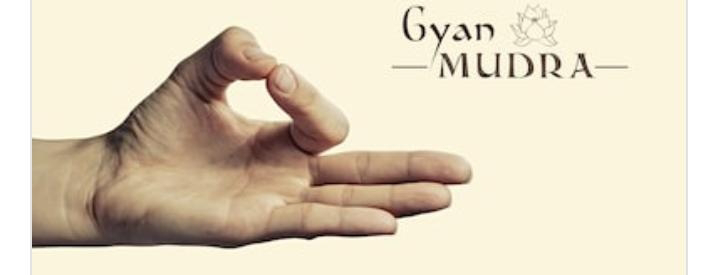all about Mudras
The word "Mudra" is actually derived from Sanskrit which means a 'gesture' or an 'attitude'. Mudras are psychic, emotional, devotional and aesthetic gestures which can be experienced as attitude of energy flow intended to link the pranic force with the cosmic (or universal) force.
In scientific terms, mudras provide a means to access and influence the unconscious reflexes and primal instinctive habit patterns that originate in the primitive areas of the brain around the brain stem.
Mudras are a combination of subtle physical movements which alter mood, attitude and perception deepening the awareness and concentration. It might involve the whole body in a combination of Asana, Pranayama, Bandha and visualisation techniques or it may be a simple hand position.
Mudras are introduced after some proficiency has been attained in Asana, pranayama and bandha and gross blockages have been removed.
The aim is to create fixed, repetitive postures and gestures which helps the practioner establish a more refined conciousness getting out of instinctive habit patterns.
The attitude and postures adapted during mudra practices establish a direct link between the three koshas and establishes a pranic balance enabling the redirection of subtle energy to the upper chakras, inducing higher states of consciousness.
CLASSIFICATION OF MUDRAS
The Yog Mudras can be categorised approximately into five groups mentioned below:
1. hasta (hand mudras)
2. mana (head mudras)
3. kaya (posture mudras)
4. bandha (lock mudras)
5. adhara (perineal mudras)
In my upcoming blogs and instagram posts I will upload about individual category of mudras with their benefits. Keep reading my blogs and also follow my facebook page Time to Cure.
& Do follow me on Instagram @timetocure
For Yoga and alternative therapies like sujok, acupressure, TCM, colour therapy etc.
https://instagram.com/timetocure?igshid=z0bur87imj5w
Shruti
Certified Yoga instructor
Certified TCM therapist and
Alternate therapist





Comments